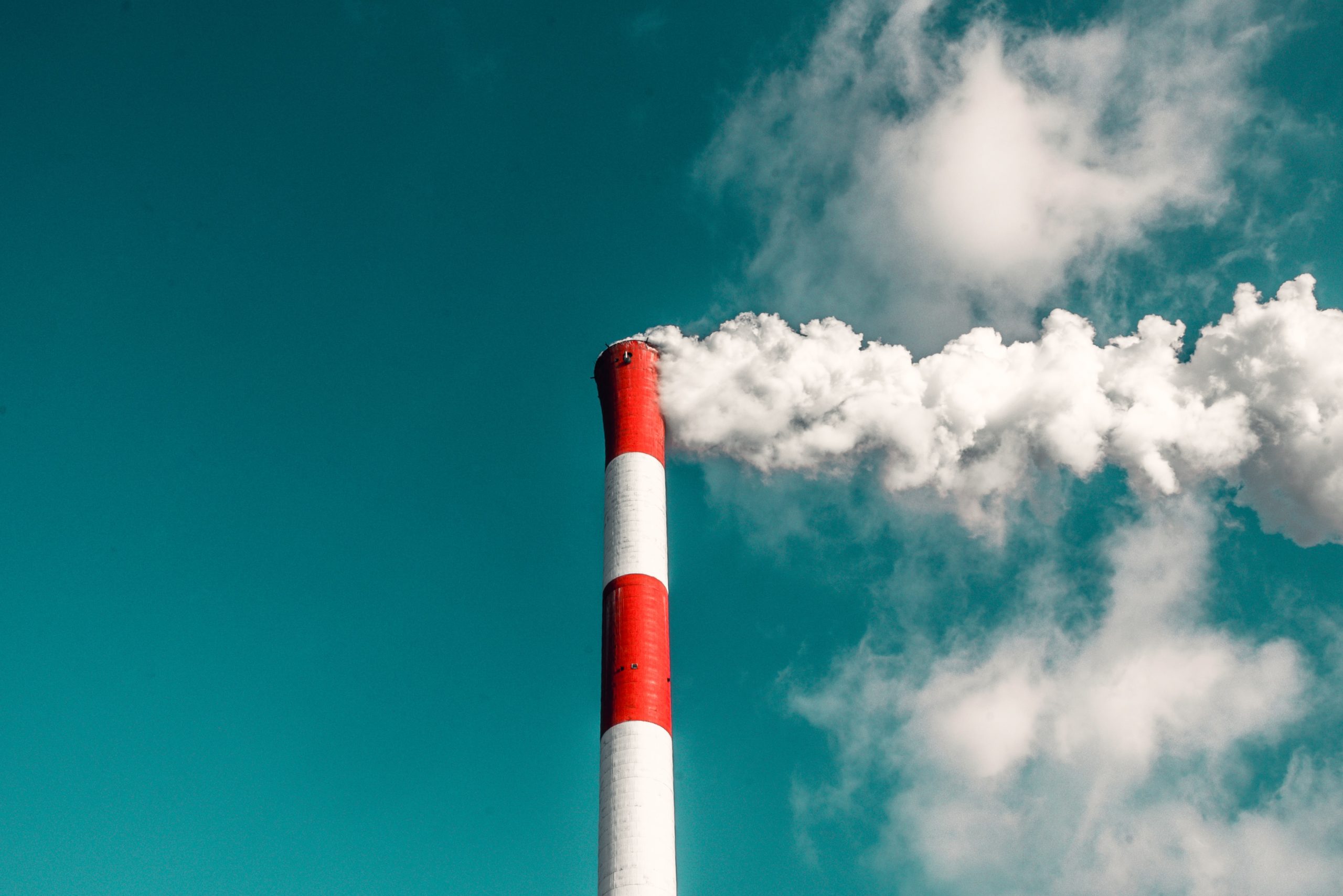A huge responsibility lies ahead to connect the remaining half of the world’s population to the internet. But at what environmental cost?
Nearly half the world remains unconnected from the internet. We need broadband policy that can connect the next generation of internet users and give them meaningful connectivity — while limiting the carbon footprint and climate impact that internet infrastructure and use carries.
It’s time broadband policy considers its impact on the natural world. This report analyses how governments embed climate issues into their broadband policies, looks at the consequences of inaction, and suggests policy recommendations towards a greener internet.
There is a huge opportunity to change the policies, regulations, and business practices that will inform how new infrastructure is built, operated, and used.
- Network construction is essential for addressing the digital divide, especially in rural and remote areas where coverage is not yet available. However, the tools and technologies used to deliver this coverage will determine the overall environmental impact of this new infrastructure.
- Once the infrastructure is built, network operation becomes a question of financial and environmental sustainability. Availability of parallel infrastructure, like the electric grid, will have enormous consequences.
- By removing social barriers to internet use, such as gender norms that discourage internet use by women and girls, policymakers can adjust the balance in evaluating the internet’s carbon footprint and the size of that footprint per user.
There are policy choices that can lead to a greener internet — choices that can be made today and will affect the internet for the next decade.
Read the full report to learn more:

Sustainable Access Report (HTML)

Sustainable Access Report (PDF)

